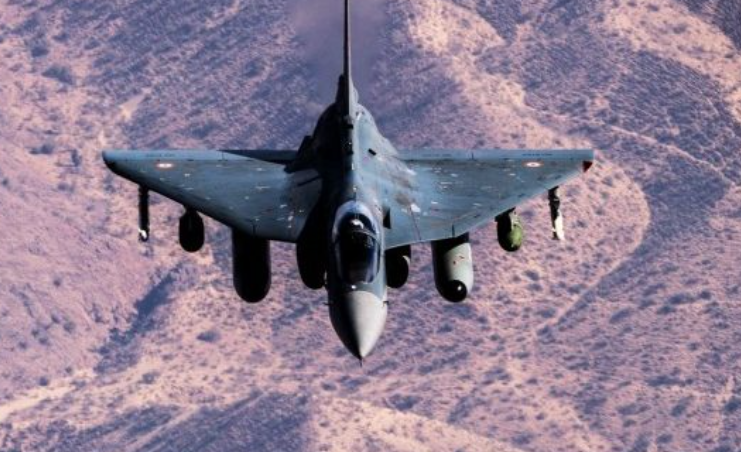
New Delhi: The supply of all forms of defence equipment to India from Russia has stalled due to the fears of sanctions by the United States, and both parties are struggling to find a payment method to wriggle out of the issue. While India is unable to settle payments in US dollars due to the fear of sanctions, Russia has turned down India’s request to make payments in rupees.
According to Bloomberg, about $ 2 billion in payments from India to Russia is stuck over the last year, and Russia has decided to stop supplying credit for about $10 billion worth of spare parts as well as two S-400 missile-defence system batteries that are yet to be delivered.
Russia is India’s largest supplier of defence equipment. Despite the appeals from the West to stop trading with Russia, in the wake of the Ukraine war, India has continued to import equipment from Russia over the last year. To escape sanctions, both countries have tried to bypass the dollar payment system from last year, however, the process has not been that smooth. The resulting disruptions have not only affected new purchases but also have had an impact on the maintenance of Russian-made military equipment currently under use by Indian forces.
While India has not been able to settle its payments in US dollars, Russia is unwilling to accept payments in rupees due to fluctuating exchange rates. The inability on the part of India to make payments in US dollars is due to fears of being slapped with secondary sanctions by the US, according to officials in the know of things.
Secondary sanctions are intended to discourage non-US persons or organisations from engaging in specific transactions. They are designed to prevent third parties (in this case India) from trading with countries subject to sanctions (in this case Russia).
Although India did contemplate paying in Russian roubles, it is concerned about not getting a fair rate in the open market, officials told Bloomberg. Russia is also said to have turned down India’s offer that the former use rupee proceeds from weapon sales to invest in Indian debt and capital markets to avoid stockpiling.
The Indian side has also considered paying in euros and dirhams – which India generally uses for imports of discounted Russian crude oil – to pay for the weaponry. However, officials said, using the same for defence equipment would invite more scrutiny from the US than when the said currencies are used for buying oil. Besides, India could also be at a loss due to unfavourable exchange rates, the officials said.
Indian authorities have also tried to propose the idea that Russia balance the payments from India by adjusting them with the purchase of Indian goods. However, the idea had to be dropped given that Russia has a trade surplus of $37 billion (according to last year’s figures) with India.
The Indian forces use more than 250 Su-30 MKi Russian-made fighter jets, seven Kilo-class submarines and more than 1,200 Russian-made T-90 tanks – all of which are expected to be in use for another decade and would be in need of spare parts and maintenance from Russian defence firms.
The knotty issue has and will continue to affect Indian Air Force the most given that it has, in its possession, a large number of Russian fighter jets and helicopters. This, officials say, could have an adverse effect on the preparedness and operational abilities of the Indian forces.
Although India has tried to wean itself off from the Russian influence for its defence procurement in the last few years, Russia still continues to be India’s largest supplier. According to Russian state news agencies, Russia had supplied India with $13 billion worth of arms in the past five years.
As of February this year, India had also placed a requisition for another $10 billion worth of arms and military equipment with Russia. India’s procurement accounts for 20% of Russia’s defence exports.
Despite Western sanctions against Russia and global appeals to India to stop trading with Russia in the wake of the Ukraine war, India has continued with its exports from Russia. Since the start of the Ukraine war in February 2022, India has maintained that dialogue and diplomacy are necessary to end the Russia-Ukraine conflict, and has made it clear that it would not snap its economic ties with Russia.








